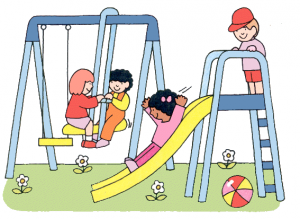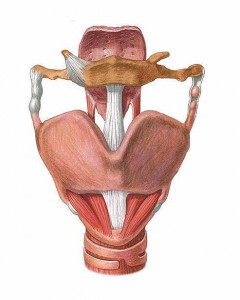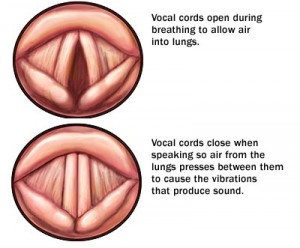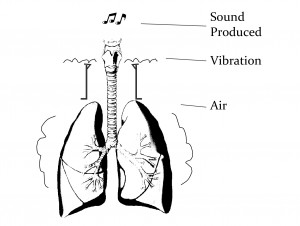Voice Disorders in Children
What causes a voice disorder?
 The school years are an exciting time for children. They like to cheer for the home team, they shout to their friends across the playground, and they may speak loudly just to make themselves heard in the midst of noisy play. However, shouting or using a pitch that is too high or too low can hurt the voice. Over time, these behaviours can cause the vocal cords to swell or develop blister-like growths (nodules) leading to a hoarse or breathy voice.
The school years are an exciting time for children. They like to cheer for the home team, they shout to their friends across the playground, and they may speak loudly just to make themselves heard in the midst of noisy play. However, shouting or using a pitch that is too high or too low can hurt the voice. Over time, these behaviours can cause the vocal cords to swell or develop blister-like growths (nodules) leading to a hoarse or breathy voice.
How can voice disorders be treated?
Speech-language pathologists play an important role in the assessment and treatment of children with voice disorders. Fortunately, most voice disorders are very responsive to short-term voice intervention. Voice therapy usually consists of a combination of direct and indirect treatment techniques. Direct techniques focus on the underlying physiological changes needed to improve and optimize the child’s use of the voice, such as loudness exercises and learning how to use the voice safely when playing, cheering, etc. Indirect techniques concentrate on education about how the voice box works and improving vocal hygiene (drinking more water).
How can I prevent a voice disorder?
- Discourage making non-speech noises. Too much imitation of sounds such as car engines, airplanes, or screeching brakes can be harmful.
- Eliminate sources of background noise so your child doesn’t have to ‘talk over’ a radio or television.
- Encourage periodic ‘quiet times’ of less talking, especially after a busy, noisy day.
- Be a good model. Try to keep your own voice at a comfortable pitch and loudness. Remind your family to take turns during speaking so no one needs to raise their voice to be heard.
- Encourage use of ‘visual’ cheering, such as signs and banners, at games; suggest clapping or noisemakers instead of using your voice.
- When your child has a cold, be particularly careful about the voice. Encourage drinking lots of clear liquids, resting the voice by staying silent (not whispering), and avoiding constant throat clearing or coughing.



